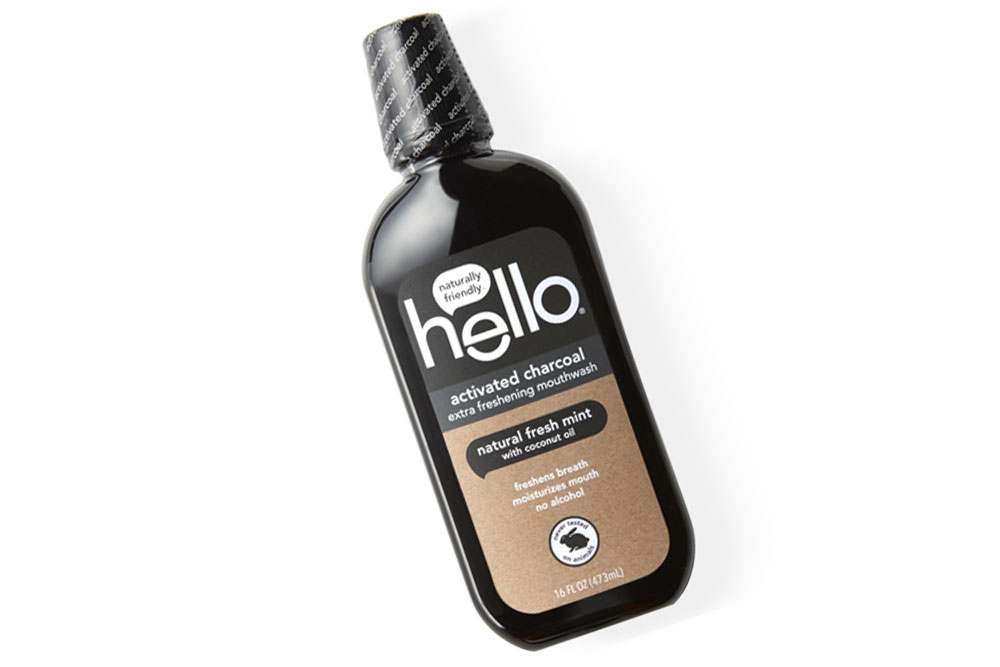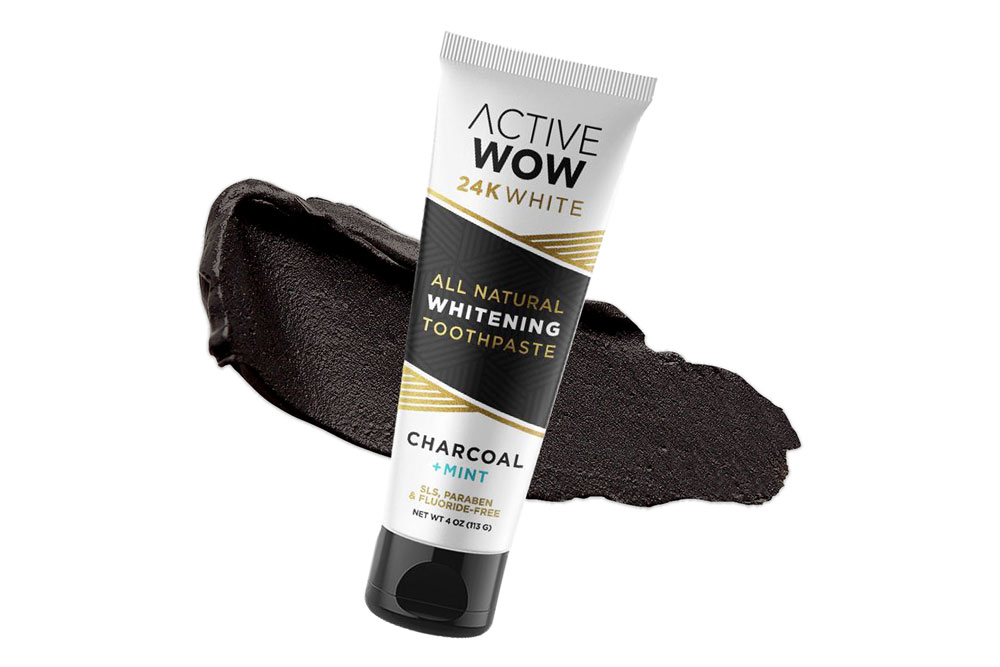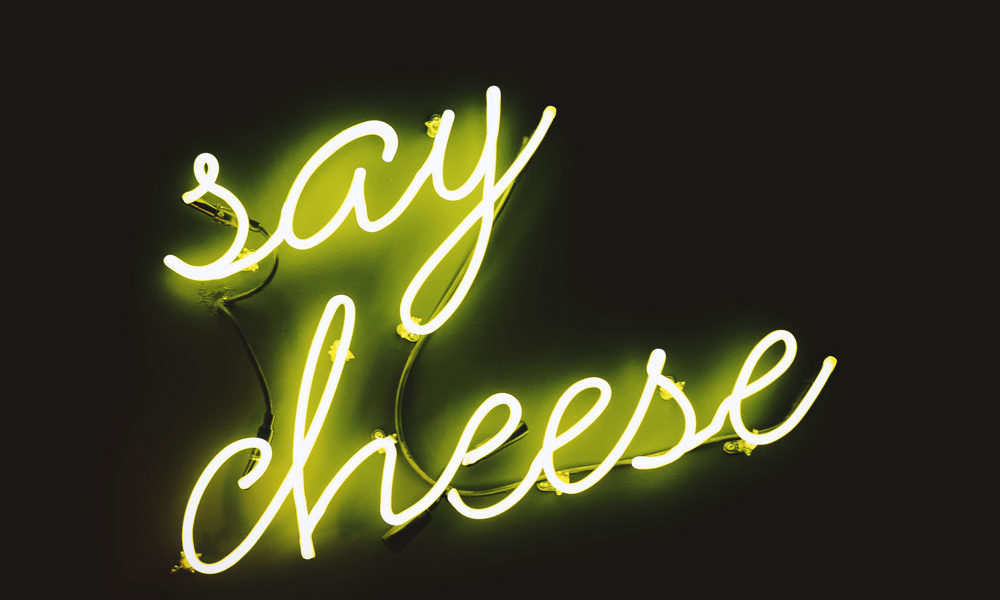Activated charcoal is like a drunk uncle at a party: You don’t know when it arrived, suddenly everyone is talking about it and, seriously though, how did it get buzzed so quickly? It’s like we were all talking about CBD oil and activated charcoal snuck its way into our bathrooms. Turns out, charcoal has been around forever (it’s as old as fire, right enough). But its use in dental and toothpaste products is much more recent.
What is activated charcoal?
Activated charcoal, like regular ol’ charcoal, is the left over material after exposure to high temperatures, which is the academic way of saying “burnt to a crisp.” For activated charcoal, that matter is often sited as bamboo, coconut shells, olive pits or even coal, and is burned without oxygen, and that makes it porous and highly absorbing.
Prehistorically, charcoal has its many uses, including heating and warmth, cave art and eventually gun powder. Ultimately, we now use it to filter water, absorb not-so-nice smells, like flatulence, and it is orally administered by emergency room patients to help detox from drug overdoses. One researcher from McGill University calls it “the most important substance ever discovered.”
And why is it in toothpaste, toothbrushes, mouthwash and other oral health products? Other than the gorgeous black packaging, does it work? The idea is that activated charcoal binds to the bacteria and plaque in the mouth, leaving teeth clean and whiter.
This is the most unexpected sleep hack – and it works.
What do dentists think about charcoal?
The American Dental Association isn’t on #teamcharcoal. It points to a JADA 2017 literature review of 118 studies, from brushing with raw soot to enamel abrasion. While researchers couldn’t conclude for safety or effectiveness, they recommend to be cautious. Check ingredient lists to make sure that activated charcoal, and not a variation of clay, is used. If you notice your teeth becoming yellow, that’s not a stain from the activated charcoal. It may be a sign that tooth enamel may have been worn away. And the Canadian Dental Association said in 2020: “Activated charcoal is only safe for teeth if the manufacturer controls the size of particles to limit their abrasiveness potential. The CDA does not control the size of particles to limit their abrasiveness potential.” If you’re worried about your enamel and the activated charcoal, talk to your dentist.
FLEETSTREET investigates the real reason you have maskne – and it may not be bacteria on your mask.

Beth’s pick: Best charcoal mouthwash without alcohol
I’m not gonna lie. The sight of the black liquid doesn’t inspire confidence when you pour that first jigger of this rinse. But all worries evaporate once you start to swish. The activated charcoal, that comes from sustainable bamboo, does an A+ job of freshening breath – and keeping it that way! Plus, this new-to-Canada mouthwash is both fluoride and alcohol-free, two additives I have never felt good about having in my oral care. During these times when masking constantly alerts us to potential bad breath issues, it’s nice to know there are natural and cruelty-free products at our disposal.

Lisa’s pick: Best charcoal toothpaste that whitens
Warning: You know what blacklight does to hotel room dirt? Well, this toothpaste is that for your sink – it shows everywhere you spit and anywhere your toothbrush flings debris. My vanity looked like a grey period for Jackson Pollock. Grossed out, I wondered how much of my typical white toothpaste I wasn’t seeing! It takes a couple of rinses to rid of the black toothpaste. But my teeth feel super slick and smooth after brushing. I have to disclose that I use an electric toothbrush, which helps with that feeling of just getting your braces taken off.
The sink and mirror mess is a bit of a shocker. But the subtle-mint flavour is less medicinal and more tolerable than my typical, mass brand of toothpaste. I’m finding the whitening to be gradual, but that’s usually the case with whitening toothpastes anyway. This is a good product that I will put into rotation with my plaque-fighting toothpaste. And the packaging is easy on the eyes, too.
A derm, a dietitian and a dentist debate about the legitimacy of charcoal.

Courtney’s Pick: Best charcoal toothpaste sans whitening
Want to try a charcoal toothpaste without going into that crunchy health food store? This fluoride-free toothpaste made with responsibly sourced charcoal (and recyclable packaging) can be found in the isles of most big box stores, like Shoppers and Walmart. It’s free of the foaming agent sodium lauryl sulfate (sometimes listed as SLS), parabens and other preservatives. Even so, I still found it performed as well as conventional toothpaste, and it even has a fresh minty aftertaste, thanks to peppermint essential oils.

Courtney’s pick: Best activated charcoal powder
My dentist used to recommend giving my teeth a good scrub with straight-up baking soda. It tastes awful and the sensation of dry powder on my toothbrush is weird. But I kept doing it for years to come thanks to the payoff of subtly whiter teeth. When I first spotted this activated charcoal powder, I had to see if it could outdo Arm & Hammer. Just like Lisa’s toothpaste pick, it’s arts-and-crafts-in-your-bathroom messy, so be prepared.
Once the powder makes contact with your teeth, you’ll find yourself smiling in the mirror like the monster in a horror movie (kind of fun). I concluded it’s worth the weirdness: That post-dental cleaning feeling and a brighter smile, without the typical things you find in commercial whitening products. In fact, this one is actually just food-grade charcoal. So, you can add to it a skincare mask for deep-cleansing, too. I noticed just as good (if not better) results than from my tried-and-true baking soda, but I wouldn’t try baking a cake with it, that’s for sure.
Welcome to Pretty Healthy, FLEETSTREET’s in-depth series. Beauty starts with healthy skin and hair, and this column delivers the goods on making that a reality.

